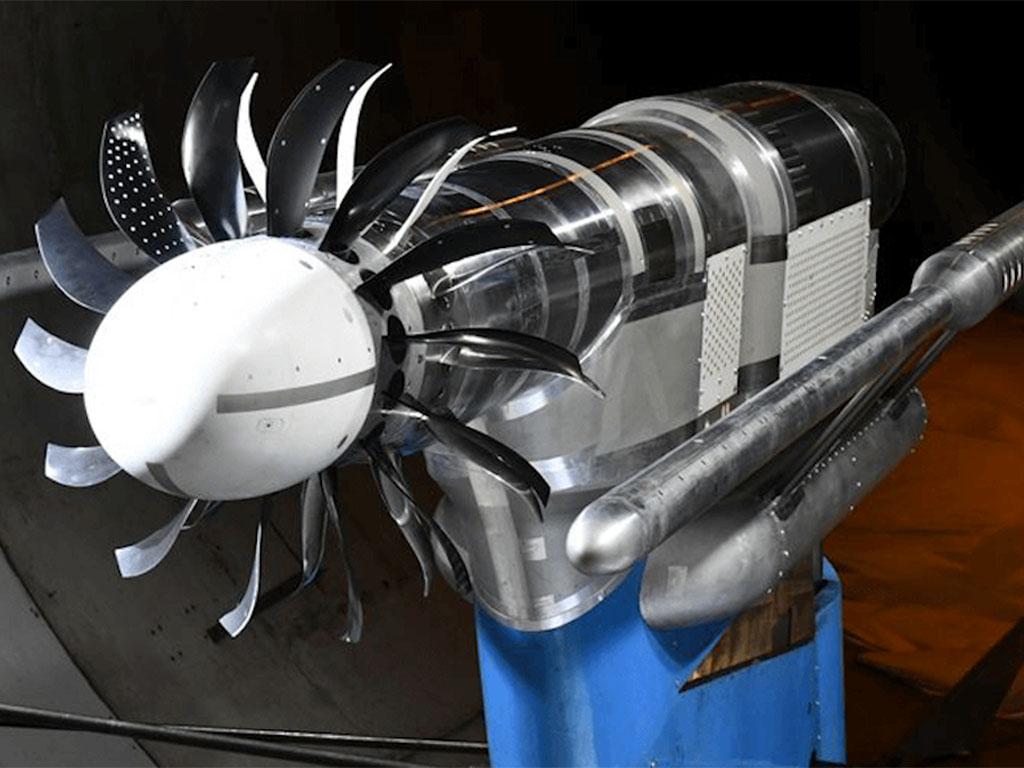
The first full open fan demonstrator engine is expected to start ground testing in 2025-26, with another pair of engines due to start flight testing around two years later.
SINGAPORE—With more than 1,000 engineers working on the Revolutionary Innovation for Sustainable Engines (RISE) advanced engine technology demonstration program and over 100 tests completed, CFM International partners GE Aerospace and Safran say so far there have been no showstoppers in the quest to develop an engine with 20% better fuel efficiency than today’s Leap engine.
Updating progress at the Singapore Airshow, Arjan Hegeman, general manager of Advanced Technology for GE Aerospace, says the RISE open fan effort is “one of most complex demonstrators we have done in the history of CFM, but we are confident of delivering a revolutionary propulsion system that will deliver carbon-neutral flight by 2050.”
The first full demonstrator engine is expected to start ground testing in 2025-26 with another pair of engines due to start flight testing around two years later. The schedule supports Airbus and Boeing plans to develop new-generation, single-aisle aircraft in the 2030s.
As well as the open fan, the program includes multiple areas of advanced technology ranging from a compact high-pressure core and hybrid-electric architecture to compatibility with alternative fuels and new materials. “Every line in our development toward this demonstration in flight test has this technology challenge—whether it’s the open fan, the thermal efficiency of the compact core or the implementation of hybrid electricity in the propulsion system,” Hegeman tells Aviation Week. “They all have unique challenges, none of which seem insurmountable. We are very confident so far.”
Meanwhile, Safran-led static and dynamic tests of a 1.5-to-1 scale open fan blade set are around two-thirds of the way through a planned 200-hr. campaign at ONERA’s S1MA transonic wind tunnel in Modane Avrieux, France, says Pierre Cottenceau, vice president of engineering, research and technology at Safran Aircraft Engines.
The evaluation by the French aerospace research agency “will keep on running for part of 2024,” he adds, “but generally we are very happy with the results. Both the aerodynamics and acoustics are better than predicted.”
The current test campaign is focusing on high-speed performance for cruise conditions, in which a low cabin noise is the primary goal. Low-speed performance, representing takeoff, initial climb and landing, was tested late in 2023. Noise targets for next-generation commercial aircraft will have to be 5-7 EPNdB quieter than current ones, according to Safran, which is targeting a reduction of 10 EPNdB.





